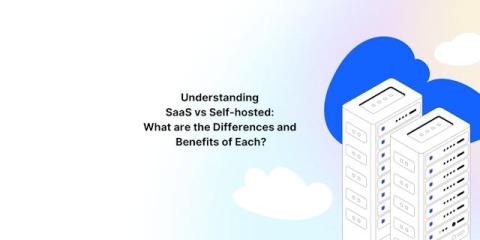6 Azure FinOps Principles to ensure financial accountability
FinOps, short for Financial Operations, is not just a term but a transformative approach that combines finance, operations, and engineering teams. At its core, it empowers organizations to take control of their cloud spending, optimizing resources while aligning seamlessly with business goals.










